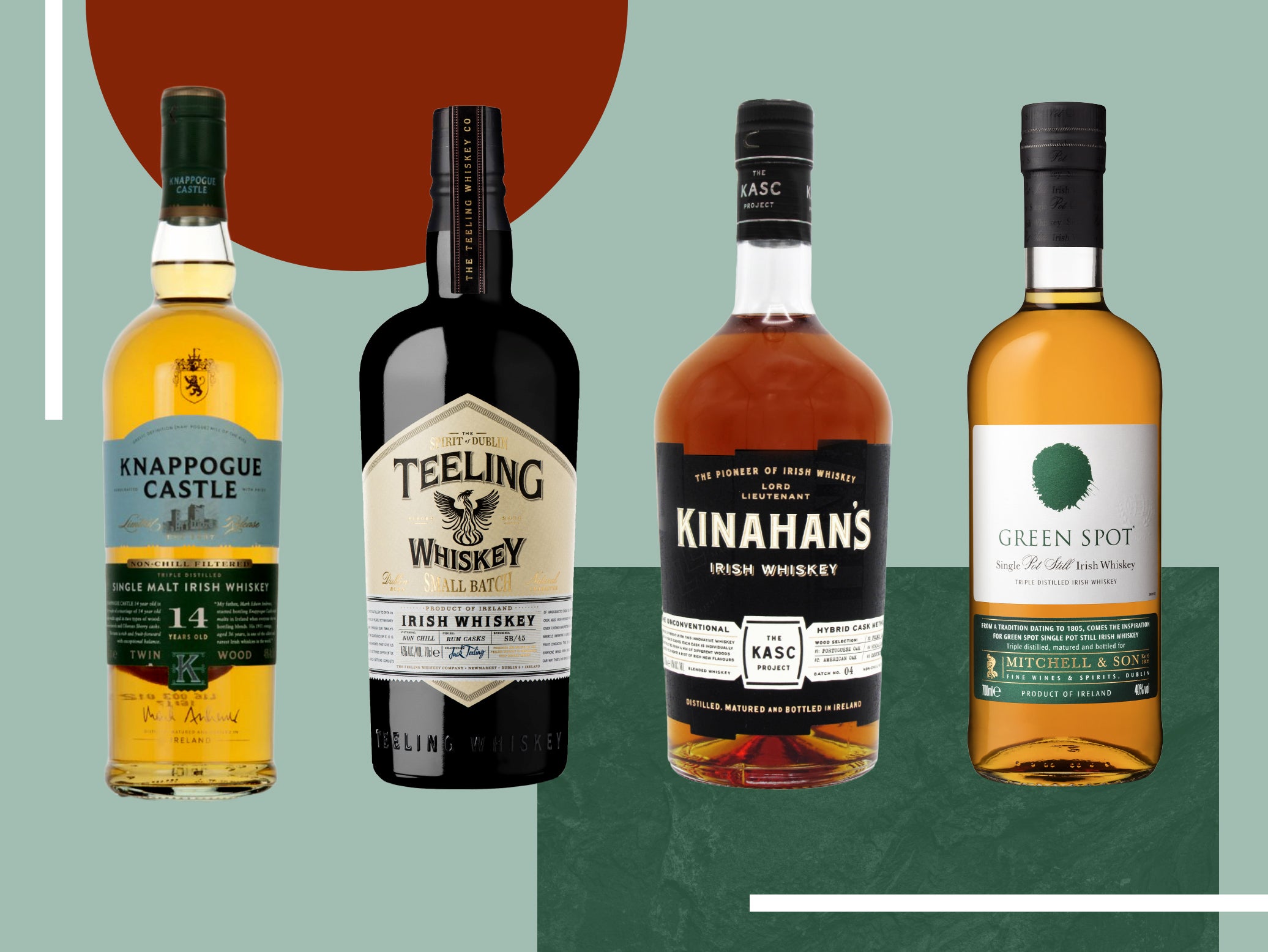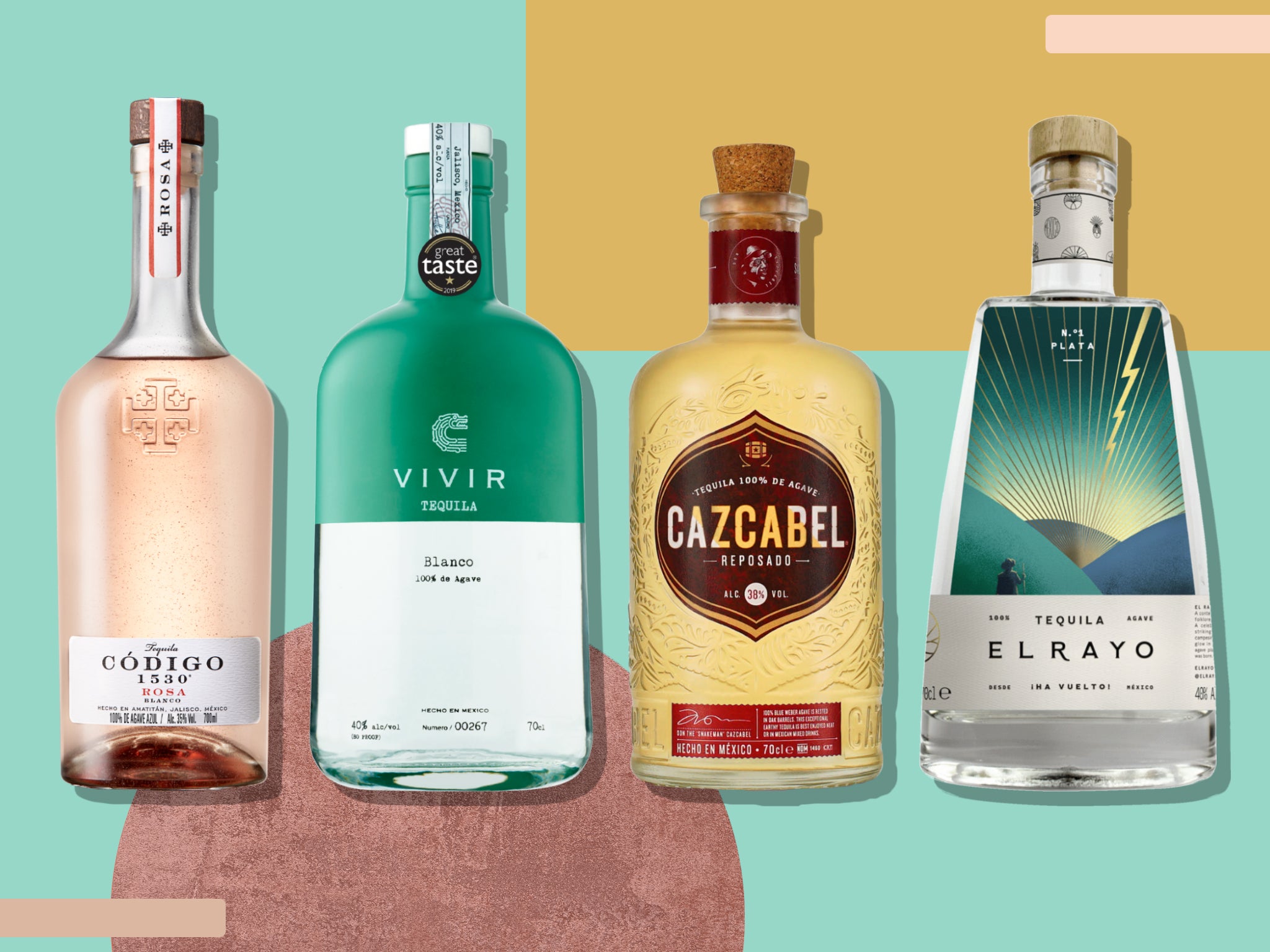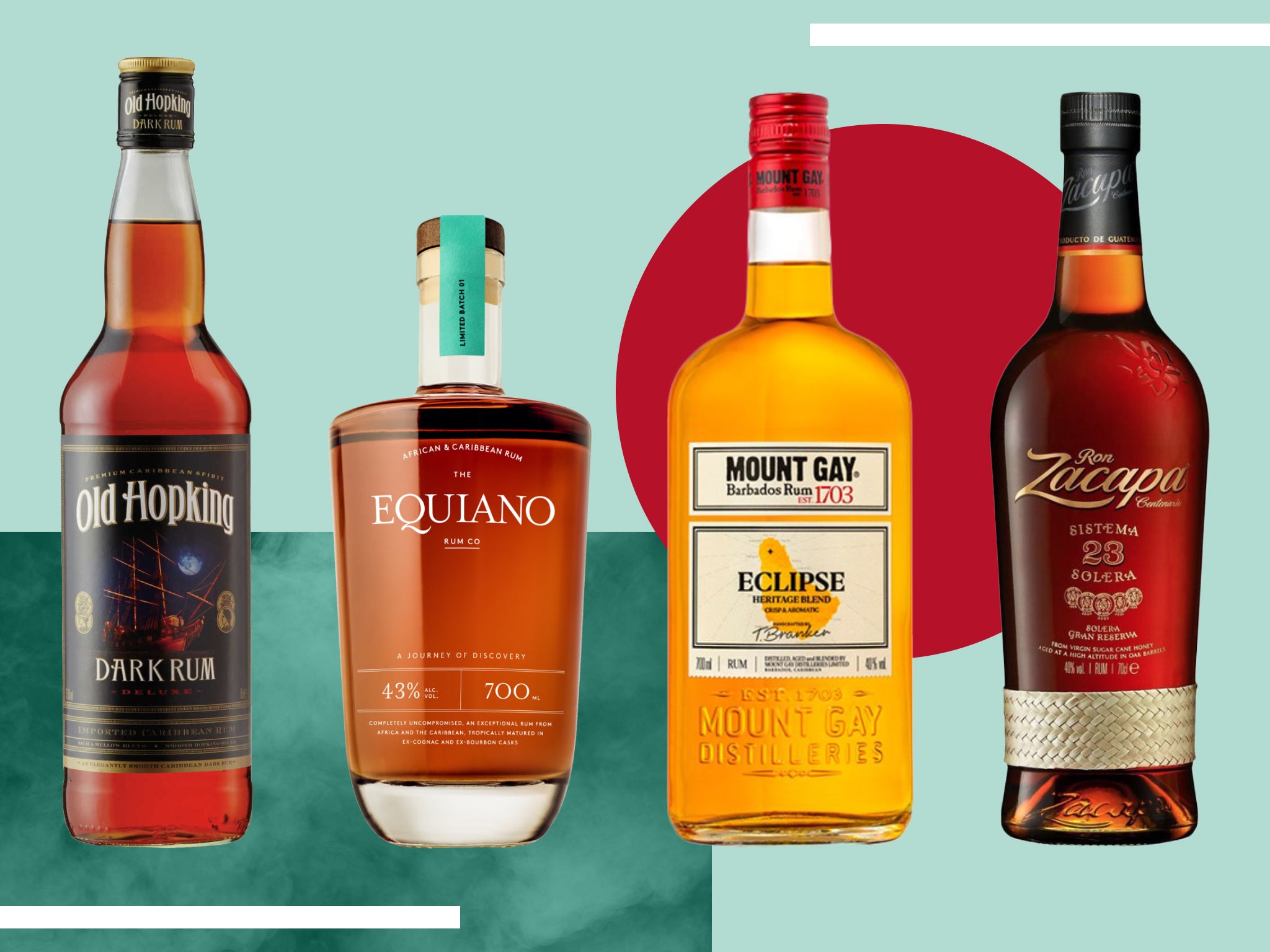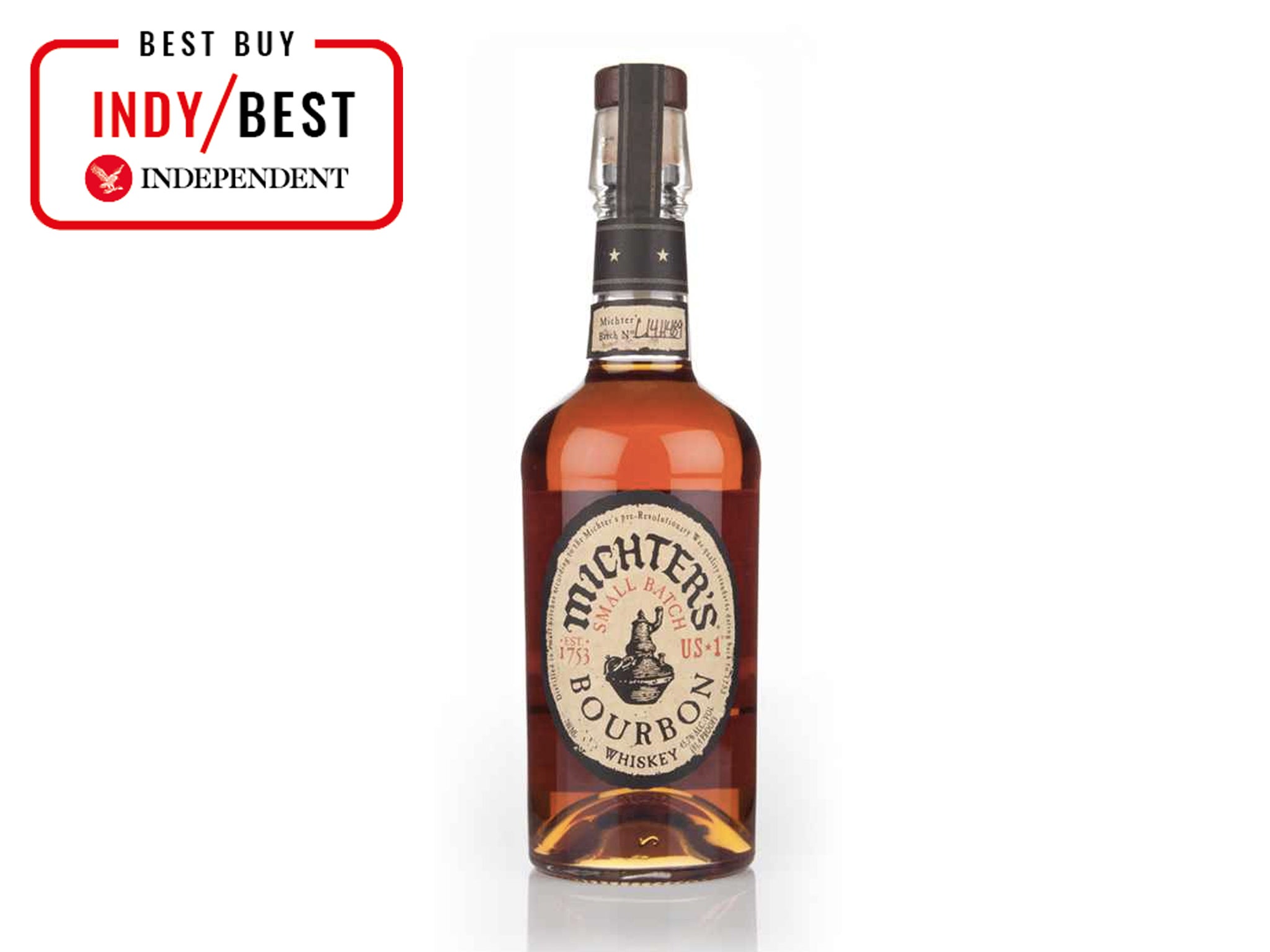
The Independent's journalism is supported by our readers. When you purchase through links on our site, we may earn commission. Why trust us?
10 best bourbon whiskeys for mind-blowing manhattans and more
These bottles celebrate the American drink’s surging popularity in the UK and beyond

Bourbon is undoubtedly the American whiskey style with the most international recognition, yet its resurgence has only taken off in recent years.
Before prohibition (and during it, if you were lucky enough to snag a bottle) bourbon was wildly popular in the United States, yet it became unfashionable during the 1960s, just as business began to boom following the Second World War. By then, the drink was considered dated and generally low in quality, considered inferior when compared with Scotch or Irish whiskies. Even bourbon from some of the United States’ best producers became almost impossible to shift.
Fast forward to the turn of the millennium, however, and bourbon began to witness a renaissance of sorts. Cocktail culture is partially responsible, with so many outstanding bars dusting off the old classics while working on fresh concoctions – many of which would feature versatile bourbon. An increasing number of whisky drinkers will disagree, but classic cocktails such as the old fashioned, julep and whiskey sour are absolutely nothing without bourbon. Pop culture has also had an impact on introducing bourbon to a fresh generation of connoisseurs, such as the popularity of TV’s Mad Men, in which the old fashioned was basically a supporting character.
One of the only true American spirits, the production of true bourbon is governed by a strict set of rules. The whiskey must be made from a mash bill (recipe) of at least 51 per cent corn alongside other grains such as rye, malt and occasionally wheat. Bourbon must also be produced in the United States, be distilled to at least 80 proof, and aged in new charred-oak containers (not necessarily in barrels, although barrel ageing is the most common practice).
Given this strict governance, bourbon does have its defining characteristics, though hundreds of varieties are produced, each displaying certain elements that distinguish them from other spirits in the same category. Many are absolutely sensational examples of the style, but some are – of course – better than others. Here, we’ve rounded up the best bourbons to upgrade your home bar. They’re best either in cocktails, neat, or even with a large ice cube.
How we tested
All of the bourbons featured were tested on their own, without ice, from identical rocks glasses. A blind-tasting method was also used to avoid any bias. Each featured in a round of two whiskeys, which were ranked before we knew which glass contained which bourbon. The best bourbon in each ‘round’ was then tasted again (also blind) against another winner, until one overall best bourbon was decided on.
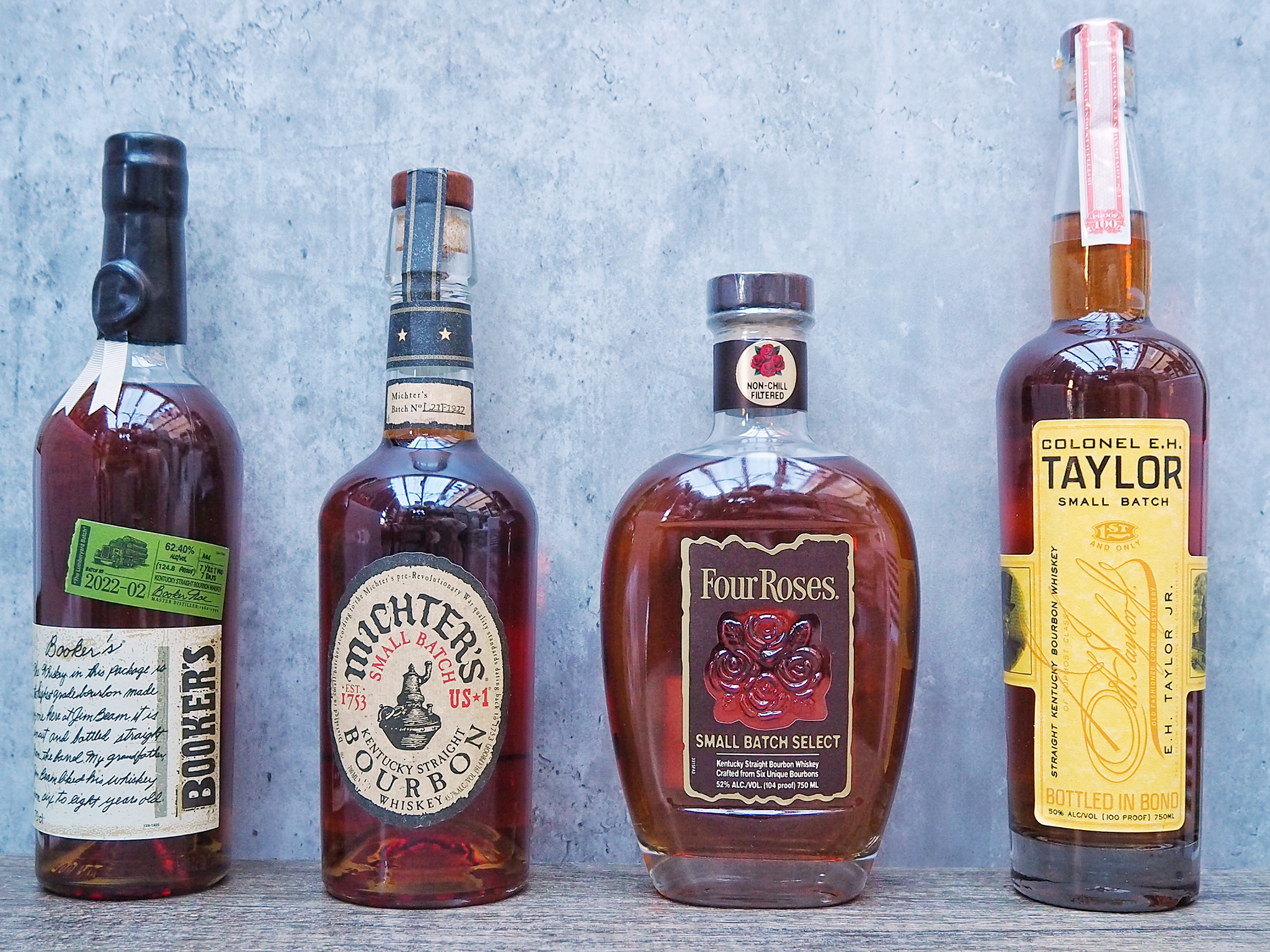
The best bourbon whiskeys for 2022 are:
- Best overall bourbon – Michter’s US*1 Kentucky straight bourbon: £50.94, Masterofmalt.com
- Best bourbon for slow sipping – Yellowstone Select Kentucky straight bourbon: £41.46, Spiritsnetwork.co.uk
- Best cask-strength bourbon – Booker’s true barrel bourbon, batch 2022-02: £79.90, Thewhiskeyworld.com
- Best bourbon for traditionalists – E. H. Taylor small batch: £99.95, Thewhiskeyexchange.com
- Best unusual bourbon – Koval single barrel bourbon whiskey: £55.94, Amazon.co.uk
- Best bottle – Wild Turkey longbranch: £35.25, Distillersdirect.com
- Best bourbon for cocktails – Four Roses small batch select: £57.95, Thewhiskeyexchange.com
- Best bourbon for splurging – That Boutique-y Whisky Company bourbon whiskey #1 24-year-old: £199.95, Masterofmalt.com
- Best gateway premium bourbon – Basil Hayden’s bourbon: £39.90, Thewhiskeyworld.com
- Best entry-level bourbon – Bowsaw straight bourbon whiskey: £29.48, Spiritly.com
Michter’s US*1 Kentucky straight bourbon

- Best: Overall
- ABV: 45.7 per cent
- Volume: 70cl
- Tasting notes: Sweet, fruity and spicy
- Finish: Smokey, oak, dried fruit
Bought out by Joseph J Magliocco and Richard Newman at the turn of the millennium, Michter’s can be traced back to 1753. Originally named Shenk’s, set up by Swiss Mennonite farmer John Shenk, the original Pennsylvania distillery was re-named Bomberger’s during the mid-1800s, changing hands many times after prohibition. With the trademark having been taken over, the entire operation has been moved to Louisville, Kentucky, where it continues to produce exceptional “straight” whiskeys, aged for a minimum of two years.
As is the case with the rest of the distillery’s US*1 expressions, the Michter’s US*1 Kentucky straight bourbon is an exceptional benchmark bourbon for both enthusiasts and newcomers looking to taste a premium whiskey without an eye-watering price tag. Although well suited to cocktails, the bourbon is best sipped neat, with pronounced caramel and vanilla notes joining stone fruit character alongside just a whisper of smokiness and plenty of oak on the finish.
Yellowstone select Kentucky straight bourbon
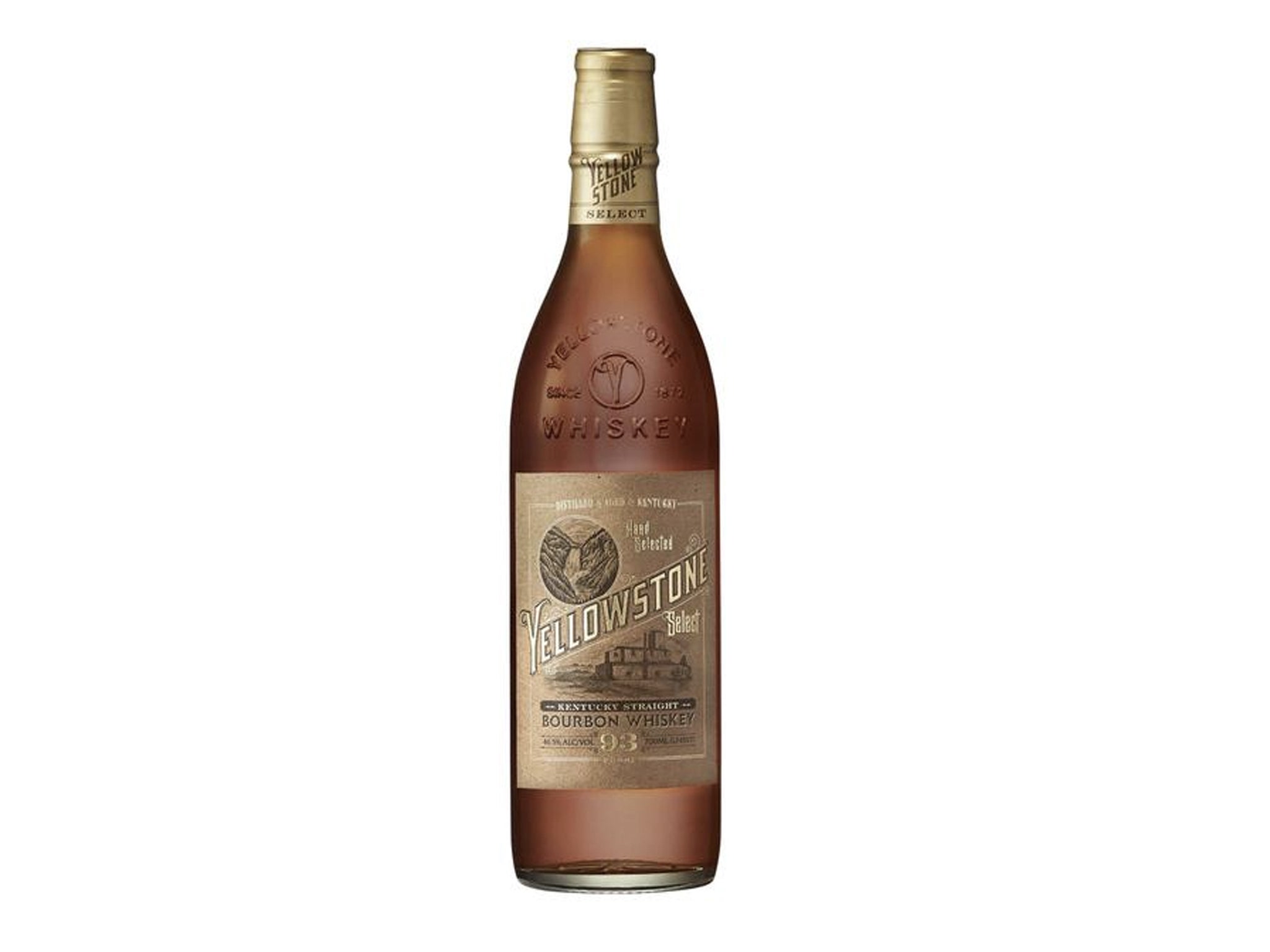
- Best: For slow sipping
- ABV: 46.5 per cent
- Volume: 70cl
- Tasting notes: Smoked caramel, rye spice, brown sugar
- Finish: Dry, oak, white pepper
Honouring the whiskey first produced in the late 1880s, before the company changed hands numerous times, Yellowstone’s select is a fusion of four-year-old and seven-year-old Kentucky straight bourbons from seventh-generation master distiller Stephen Beam – a descendent of the legendary Beam and Dant whiskey-producing families.
Intended to celebrate the Beam’s family’s deep distilling roots, Yellowstone select has plenty of categoric bourbon notes, including vanilla fudge and caramel, plus summer peach, leather and some brown sugar sweetness that complements the light, creamy mouthfeel and dry finish with savours of oak and white pepper.
Booker’s true barrel bourbon, batch 2022-02
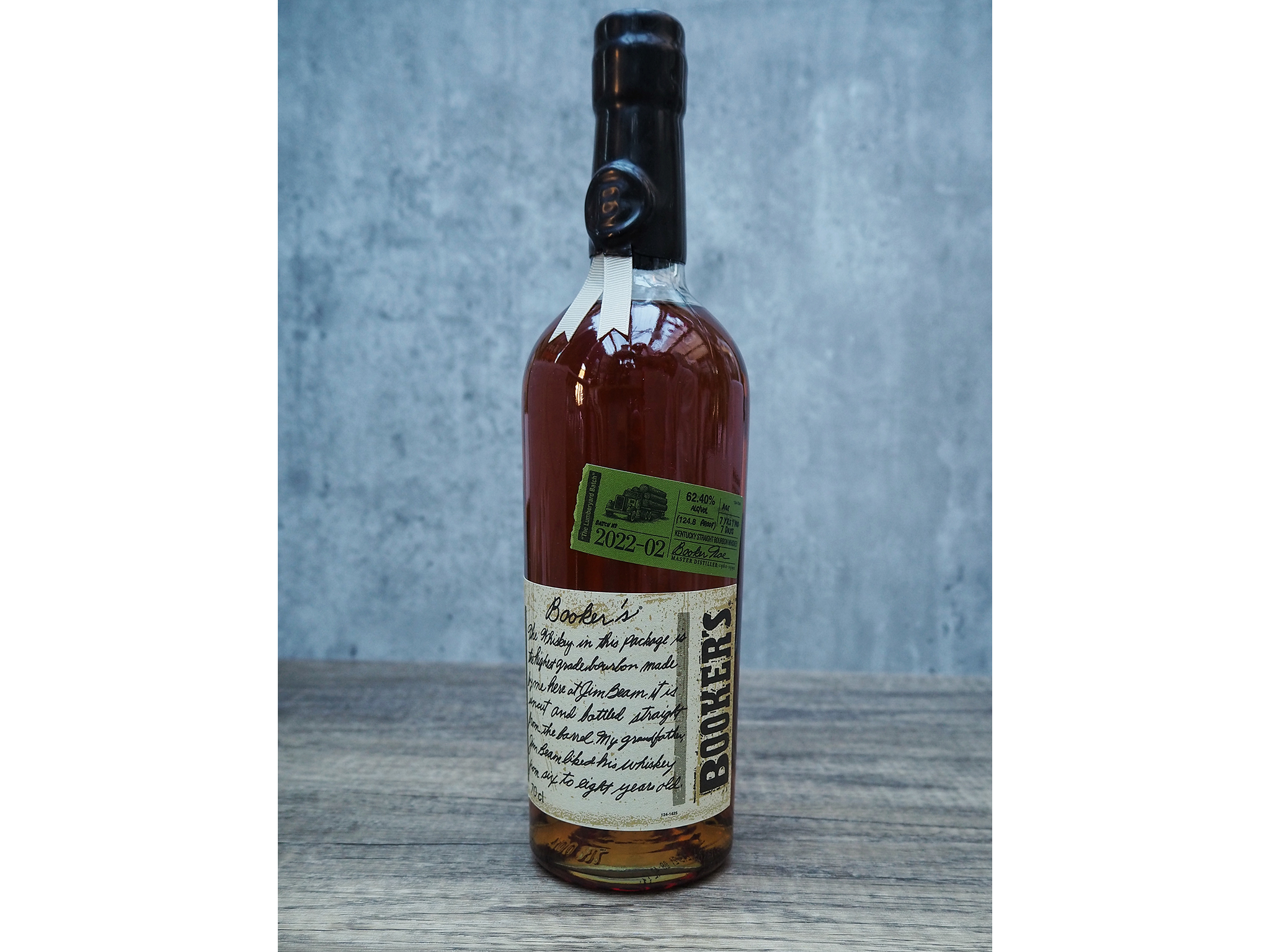
- Best: Cask-strength bourbon
- ABV: 26.4 per cent
- Volume: 70cl
- Tasting notes: Sugar and spice profile
- Finish: Touch of pear, pecan pie and leather
A small-batch bourbon produced by the Jim Beam distillery, Booker’s began as bottlings personally selected from barrels by Jim Beam’s grandson, Booker Noe. With the whiskey originally bottled straight from the barrel, Booker’s first became available to the general public in 1992, limited to just 1,000 cases. Over the past 30 years, the brand’s releases have become especially sought after, with the rare barrel-strength bourbon bottled both uncut and unfiltered. As such, the whiskey won’t be for everyone, but it’s certainly a hit among many bourbon enthusiasts.
This bottle of the ‘lumberyard batch’ from Booker’s Bourbon contains whiskey aged for just over seven years, pulled just before the famous Kentucky Derby. The second batch of its kind to be released in 2022, the whiskey is bottled at a robust 62.4 per cent, with a high corn mash bill (77 per cent) bringing balance to the heat of the alcohol. Elsewhere, the Booker’s true barrel bourbon, batch 2022-02 is full-flavoured with a gorgeous sugar and spice profile, complete with just a touch of pear, pecan pie and leather on the finish. A true standout from the Booker’s Bourbon range.
E. H. Taylor small batch
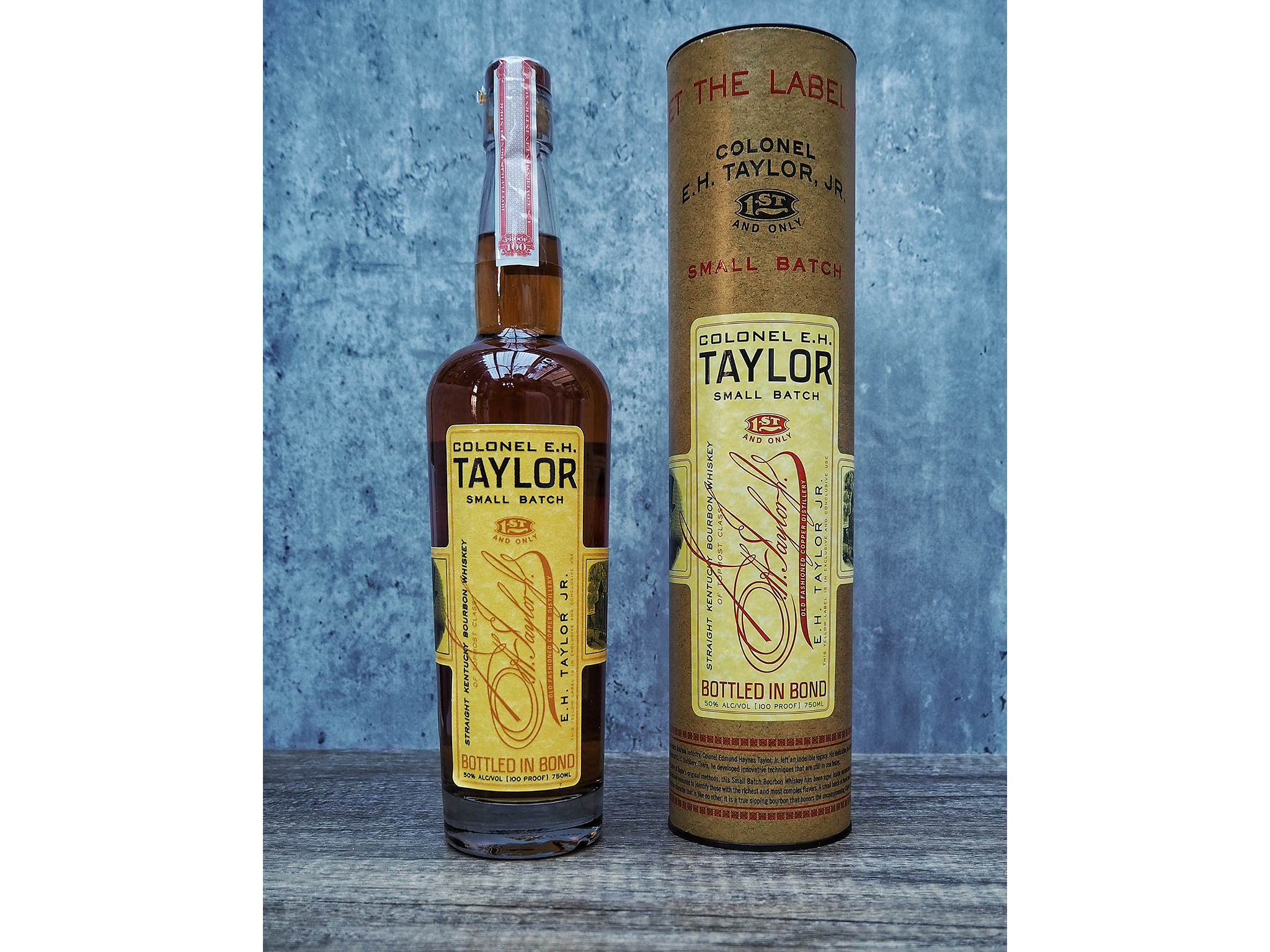
- Best: For traditionalists
- ABV: 50 per cent
- Volume: 75cl
- Tasting notes: Spice, caramel corn sweetness, liquorice and a gentle tobacco note
- Finish: Tobacco, oak, chocolate and warming spice
One of the founding fathers of the bourbon industry, Colonel Edmund Haynes Taylor’s dedication to distilling began at the close of the Civil War, when he purchased O.F.C. Distillery (now Buffalo Trace Distillery). Here, he is credited with developing innovative techniques still in use today, including introducing new copper fermentation tanks, using state-of-the-art grain equipment and column stills, inventing a steam heating system still common in warehouses and – perhaps most importantly – being instrumental in bringing about the Bottle in Bond act of 1897, which ensured the purity and identity of the spirit for consumers.
Named after the colonel, the E. H. Taylor small batch is a Kentucky straight bourbon whiskey aged inside warehouses he built, with the brand owned by Buffalo Trace. Aged in new American oak casks evaluated and selected to create a perfect blend of distinctive character, the bourbon has aromas of spiced vanilla, butterscotch and plenty of honey and caramel sweetness alongside prominent apple notes and a whisper of spice that continues on the palate alongside more caramel corn sweetness, liquorice and a gentle tobacco note, which lingers on the finish alongside oak, chocolate and warming spice. A smooth, traditional sipping whiskey.
Koval single barrel bourbon whiskey
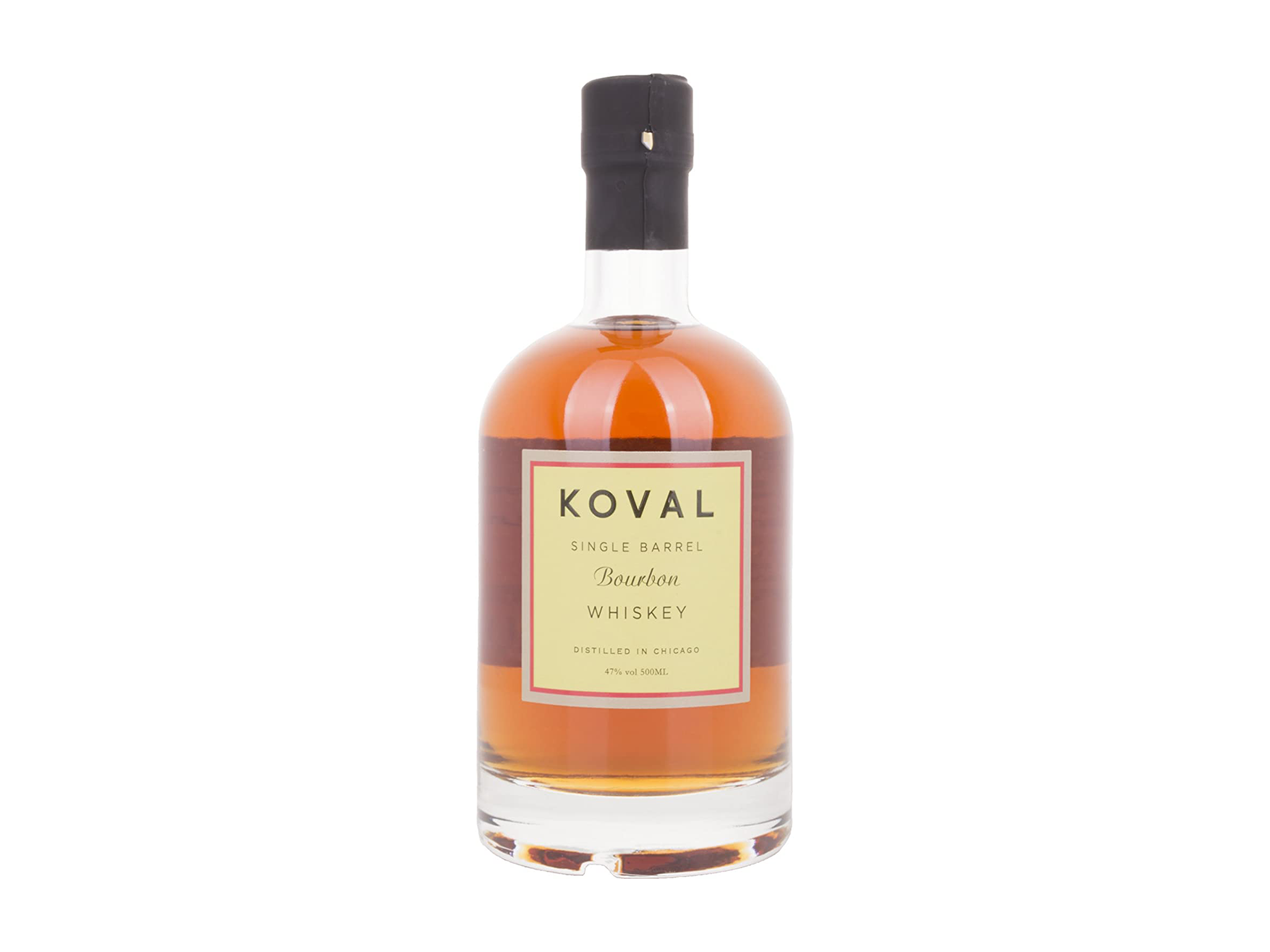
- Best: Unusual bourbon
- ABV: 47 per cent
- Volume: 50cl
- Tasting notes: Mango, vanilla and cereal with a faint apricot tartness
- Finish: Caramel, clove and tobacco
Unlike most bourbon, Koval is produced in Chicago. Established in 2018, Koval’s distillery was the Windy City’s first since the mid-1800s, producing organic whiskey, liqueurs and other speciality spirits. Even more unusual is the bourbon’s Austrian influence, with founders Robert and Sonat Birnecker choosing to bring the distilling traditions of Robert’s Austrian family to America. A grain-to-bottle spirit, bourbon production begins with contracting local farmers to grow the grain, to on-site milling and mashing, to finally distilling, bottling and packaging.
A single-barrel bourbon that’s unfiltered and organic, the Koval bourbon features a mash bill of 51 per cent corn, plus 49 per cent millet, aged in medium-charred American oak barrels for three to four years. The resulting liquid sees the millet complementing the corn, with no sign of bullying. Profound mango notes are joined by characteristic vanilla and oak notes, plus a gorgeous cereal note with some faint apricot tartness alongside caramel, clove and tobacco on the long finish. An interesting slow-sipper, or ideal in a horse’s neck cocktail alongside ginger ale and a long ribbon of lemon zest.
Wild Turkey longbranch
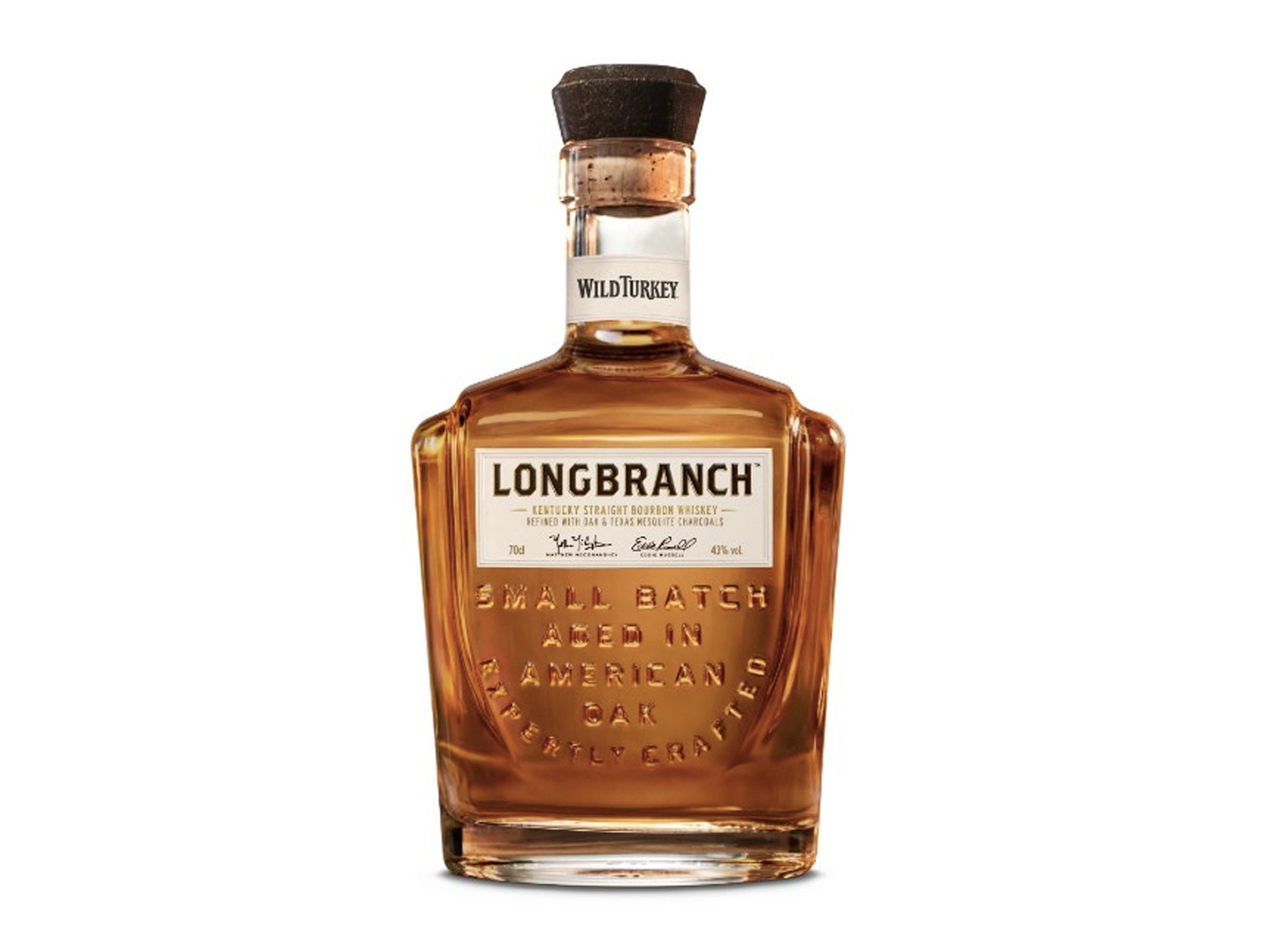
- Best: Bottle
- ABV: 43 per cent
- Volume: 70cl
- Tasting notes: Honey, nuts, rye
- Finish: Black pepper, buttery, lingering dry oak
While Wild Turkey 101 is a fine entry-level bourbon, Wild Turkey longbranch is a premium expression born from a 24-month collaboration between master distiller Eddie Russell and the brand’s creative director, actor Matthew McConaughey. With a name inspired by the spirit of family and community, spanning from Kentucky to Texas, longbranch is a small-batch Kentucky straight bourbon, with the liquid aged for at least eight years. Following rigorous testing, the flavour profile is achieved via a proprietary process, which combines two separate filtration methods. The first filtration is through American white oak, followed by charcoal from Texas mesquite wood. Rather than lending a prominent mesquite flavour, the charcoal simply helps to polish the final product with a smooth, full finish.
On the nose, the longbranch has classic Wild Turkey aromas of nutty caramel, vanilla, cherry, baking spices and a touch of charred oak, while the palate has a balanced combination of honey, nuts and a prominent rye note alongside peppery charred oak, dark chocolate and dried stone fruits.
Four Roses small batch select
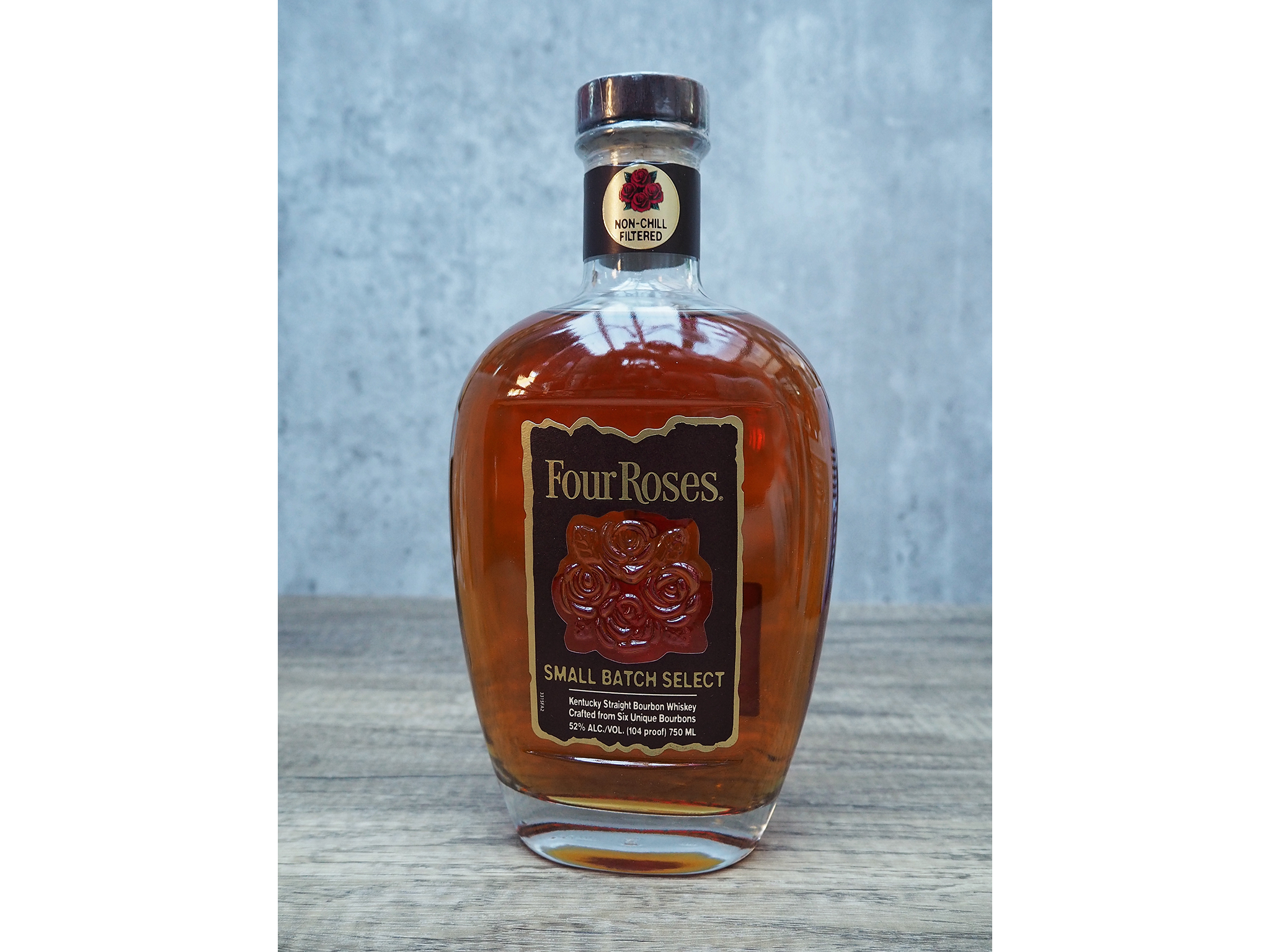
- Best: For cocktails
- ABV: 52 per cent
- Volume: 75cl
- Tasting notes: Vanilla, raspberry, cherry and orange peel aromas, joined by suggestions of mint, cinnamon, clove, sassafras and caramel
- Finish: Black pepper, light brown sugar, mint and a barrel influence
Following a large expansion project in 2019, Four Roses introduced small batch select to the US market – the first permanent addition to the distillery’s bourbon line-up in 12 years, which has recently been released in the UK. To produce its whiskey, Four Roses uses two different mash bills and five different yeast strains to create 10 unique bourbon recipes. Six of these recipes are blended together to make Four Roses small batch select, all aged for six to seven years, compared with four of the 10 recipes used to make Four Rouses small batch or up to 10 recipes used for the flagship Four Roses bourbon.
As a result of using six whiskeys, rather than four, for this blend, and upping the proof, the Four Roses small batch select is a slightly richer overall bourbon. Immediate vanilla aromas are joined by raspberry, cherry and orange peel, joined by suggestions of mint, cinnamon, clove, sassafras and faint caramel on the palate. Slow-developing black pepper then prevails on this finish, complete with light brown sugar, mint and a gorgeous barrel influence.
That Boutique-y Whisky Company bourbon whiskey #1 24-year-old
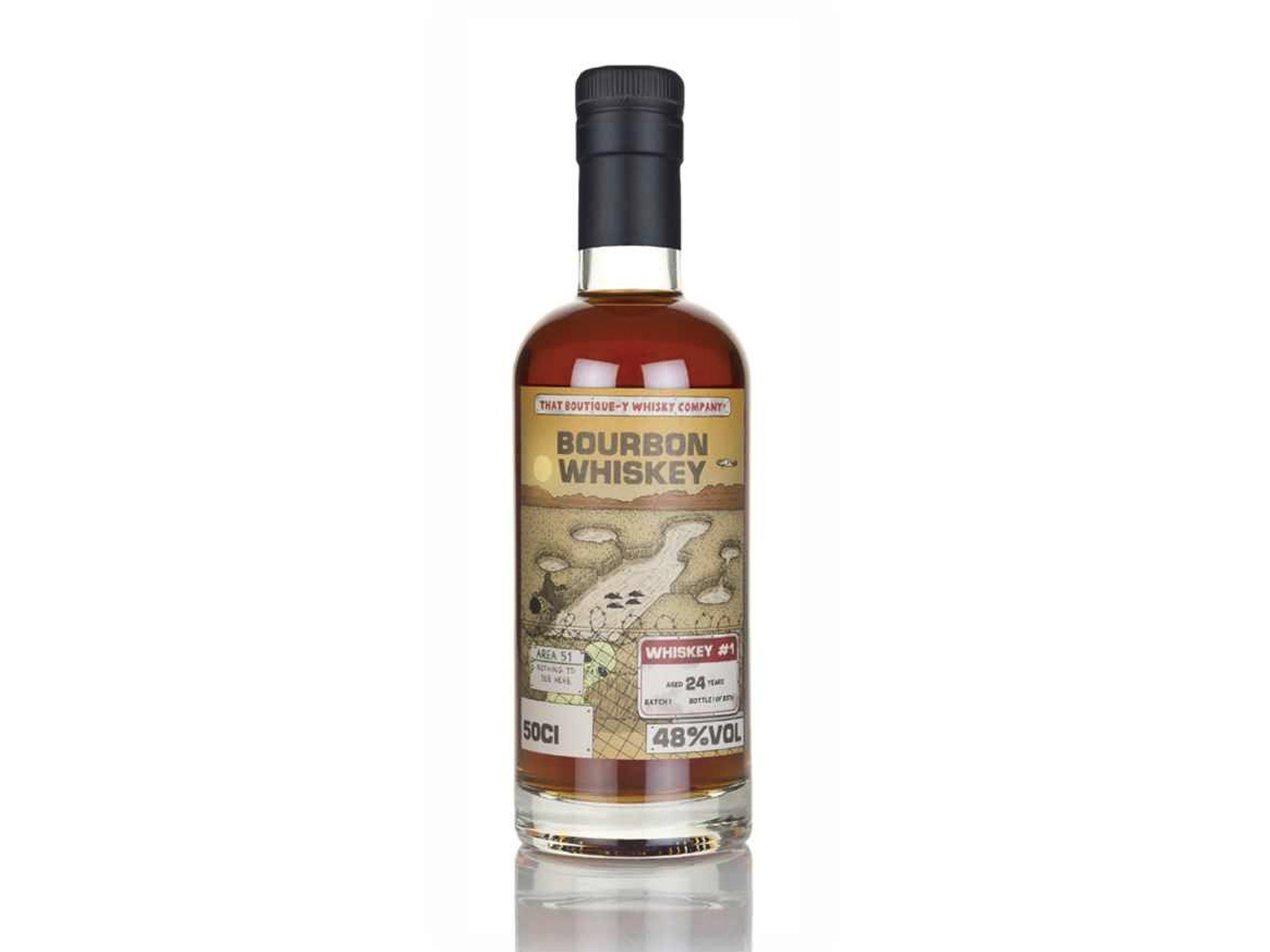
- Best: For splurging
- ABV: 48 per cent
- Volume: 50cl
- Tasting notes: Cinnamon, banana, manuka honey
- Finish: Warm, buttery, spiciness
An independent whisky bottler, That Boutique-y Whisky Company is owned by Atom Brands, with the founders having travelled around the world selecting single casks to create their own blends, which are then bottled and sold under various guises.
The brand’s bourbon #1 is a bottling of 24-year-old bourbon from undisclosed distilleries – which is fairly rare for bourbon, with most only aged until their late teens. Naturally, it’s a small batch bottling with an outturn of just over 8,000 bottles, which is also reflected in the price. It is a remarkably complex spirit. On the nose, a parade of liquorice, oak, pepper, toffee, lime, leather, chocolate and mint aromas lead to a rich palate with plenty of cinnamon, banana, dried fruits, violet, clove and a manuka honey sweetness.
Basil Hayden’s bourbon
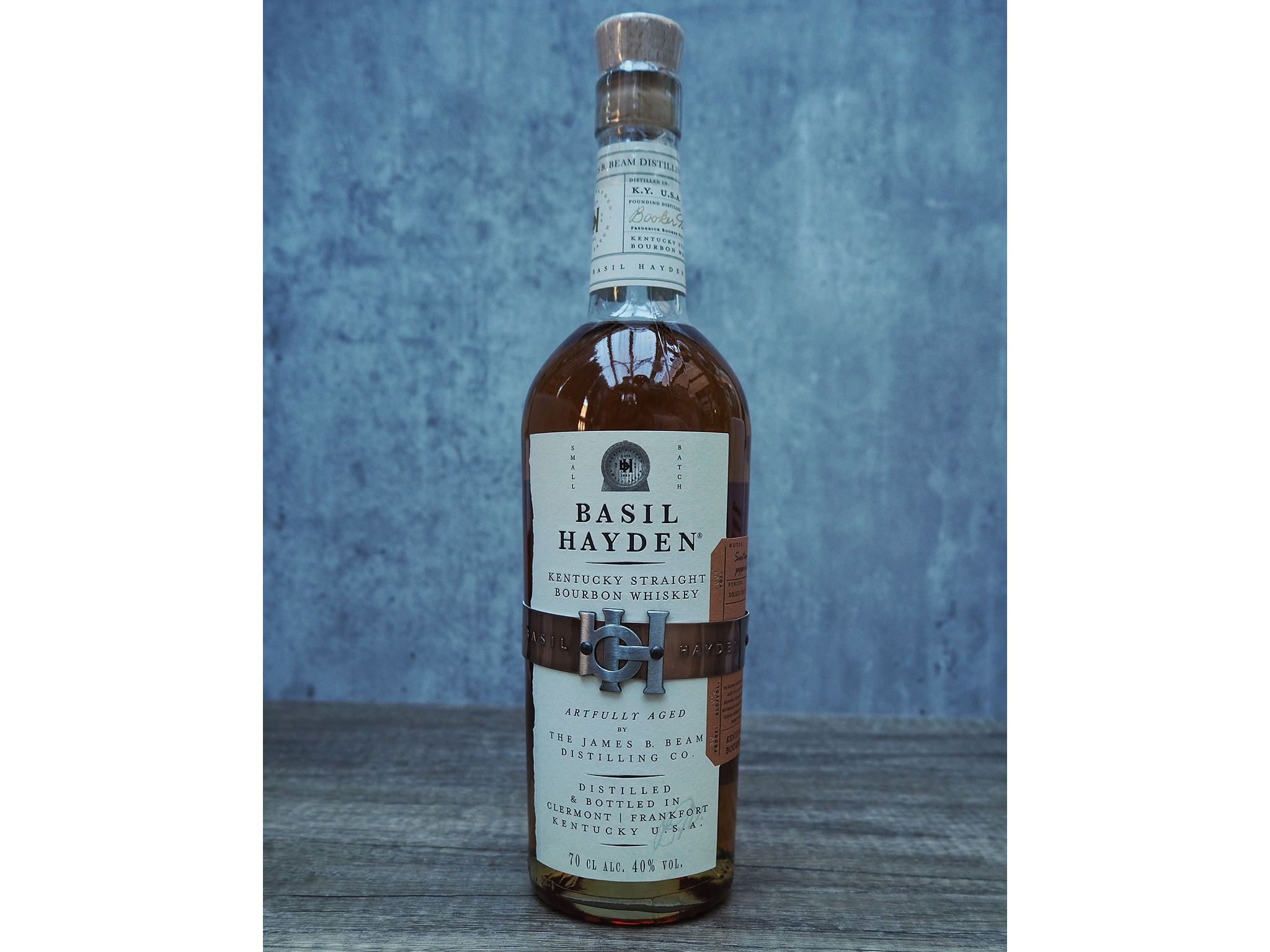
- Best: Gateway premium bourbon
- ABV: 40 per cent
- Volume: 70cl
- Tasting notes: Oak and peach, trademark bourbon vanilla and summer fruits
- Finish: Charred oak with a touch of dried fruit
Created by Basil Hayden in 1796 – when George Washington occupied the White House – Basil Hayden’s bourbon is one of four bourbons that comprise Jim Beam’s small batch bourbon collection. It joins Knob Creek, Baker’s bourbon and fellow listee Booker’s bourbon. Named after the late master distiller known for his use of high rye mash bills when producing bourbon, the whiskey contains a greater percentage of rye than the other three – all of which share the same mash bill. The bourbon also has no age statement and significantly lower proof than its fellow Jim Beam small batch bourbons.
Lively peach and ripe berry notes dominate the nose alongside orange zest and typical whiffs of toasted oak. Oak and peach both continue on the palate alongside trademark bourbon vanilla and summer fruits, which prevail on the palate. The taste errs towards being a little thin, yet it’s still a decent enough premium gateway bourbon with a more approachable flavour profile than its siblings, ideal for cocktails.
Bowsaw straight bourbon whiskey
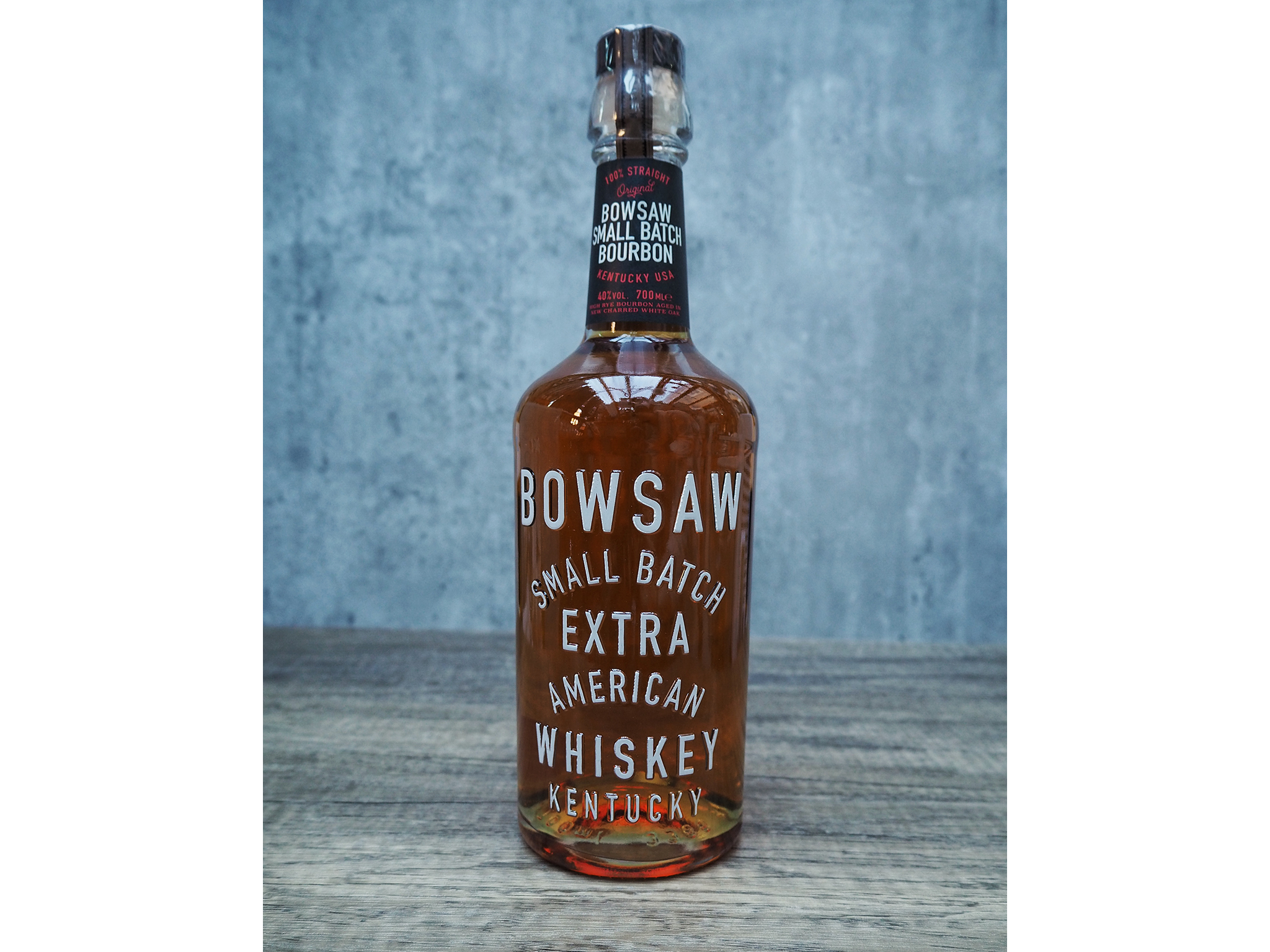
- Best: Entry-level bourbon
- ABV: 40 per cent
- Volume: 70cl
- Tasting notes: Toasted oak-led vanilla and caramel, honeyed sweetness and an amiable richness
- Finish: Slightly spicy, thanks to the fairly high rye content
A Kentucky whiskey brand producing liquid that’s distilled and matured in two sites in the north of the state, Bowsaw’s straight bourbon whiskey comprises a mash bill of 75 per cent corn, 21 per cent rye and four per cent barley, aged for an undisclosed time (but at least three years) in new American oak barrels with a number-four char. The resulting liquid is then bottled at 40 per cent, which is lower than typical of its style.
Typical bourbon notes of toasted oak-led vanilla and caramel dominate alongside some further honeyed sweetness and an amiable richness, while the finish is slightly spicy, thanks to the fairly high rye content. Bowsaw straight bourbon is a fine whiskey but sings loudest as a cocktail base, which is certainly fair considering its accessible price.
Bourbon whiskey FAQs
What is bourbon?
Bourbon is a brown whiskey named after Bourbon County in Kentucky, where most of the stuff is produced. To be classed as such, it needs to be distilled from at least 51 per cent corn, while the rest is made from barley, rye and wheat. It then needs to be aged in American oak barrels, bringing out that deep brown colour and distinct smoky flavour.
What is the difference between whiskey and bourbon?
Put simply, it’s the way they are distilled and aged. While bourbon is a whiskey – fermented from grain and barrel-aged – not all whiskeys are bourbons. This is because not all have been distilled using the same grains, or the same barrels, as bourbon.
Is bourbon sweeter than scotch whisky?
Generally, bourbon will be sweeter than scotch. This is because the latter is distilled mostly from barley, while bourbon is distilled from 51 per cent corn, to create a sweeter taste. This sweetness, however, will also depend on the ratio of grains used (the more corn, the sweeter the taste, while more rye creates a spicier flavour).
The verdict: Bourbon whiskeys
With so many varying flavours and styles available from just one category, all of the whiskeys featured are recommended, for both bourbon enthusiasts and those just hoping to become better acquainted with the world of American whiskey.
The Michter’s US*1 Kentucky straight bourbon is a real standout, from a distillery that’s become renowned for offering consistently exceptional benchmark whiskeys. While Michter’s is a little more expensive than some other offerings on the list, it’s worth every penny. Yellowstone’s select is another particularly solid classic bourbon, while Booker’s true barrel bourbon, batch 2022-02 is an excellent cask-strength option.
Why not wet your whistle with the best vermouths or the best gins for your home bar cart?

